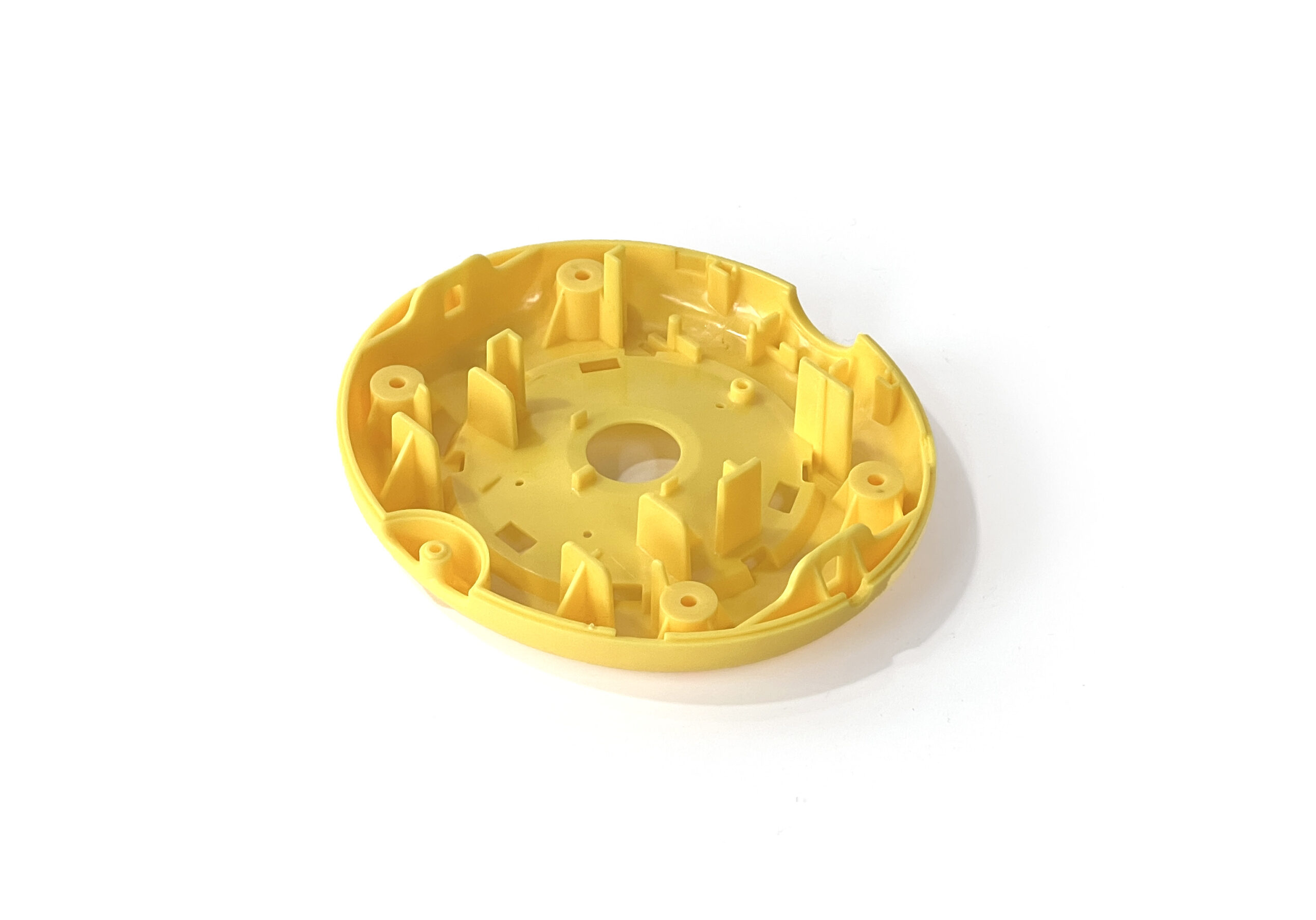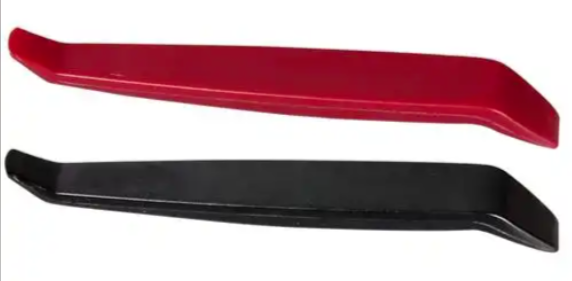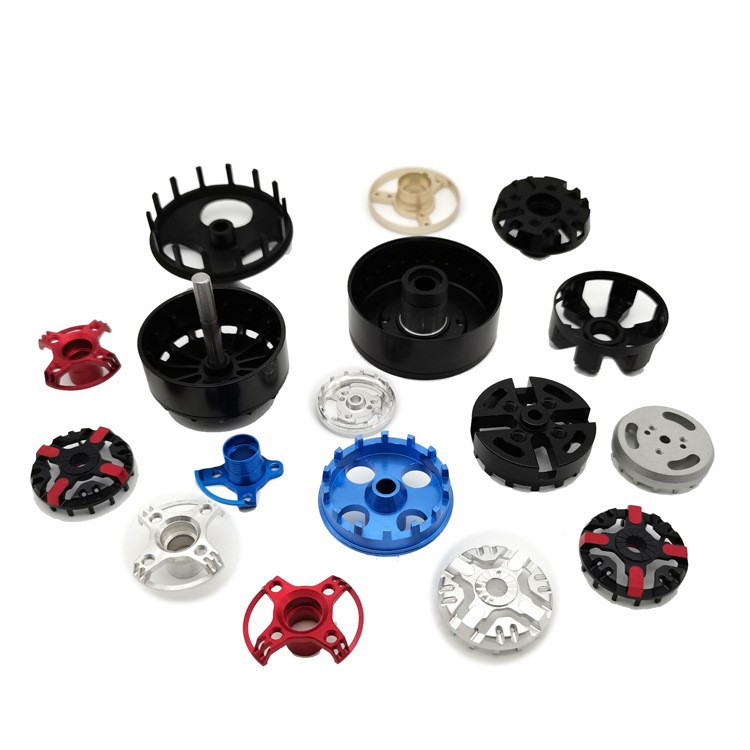
Polyurethane casting is a common rapid prototyping and low-volume production process, capable of achieving appearance and performance similar to injection molded parts at a lower cost. However, in actual production, many engineers and purchasing personnel encounter a problem: seemingly simple parts often turn out suboptimal. This is often due not only to the process itself but also to inadequate detail management.
Here, we list some common defects and, based on real-world examples, share our experiences and solutions in production.
1. The surface of the part turns white or gray.
Many customers notice a whitish, hazy surface when receiving black parts. While many assume this is due to poor material quality, the common causes are high humidity or an inaccurate mixing ratio. Moisture can cause a side effect during the polyurethane curing process, resulting in a whitish surface.
Solution: During summer production in southern China, we pre-dry molds and raw materials and strictly control humidity, which significantly reduces the chance of whitening. Additionally, for parts requiring high surface quality, we recommend spraying to achieve the best finish.
2. bubbles or voids
Bubbles are the most common defect. Many factories will say “just increase the vacuum degassing” but in fact, bubbles may also come from insufficient mold venting design or unreasonable pouring method.
Solution: When producing transparent parts, we will slow down the pouring speed to allow the resin to evenly fill the mold cavity from bottom to top, and reserve tiny vent holes in the mold to ensure a smooth surface.
3. Surface air marks or flow marks
Some parts may have ripples or flow marks on their surface, especially on large flat parts. This may be due to excessive pouring speed or high material viscosity.
Solution: We will confirm the appearance requirements of the parts with the customer before opening the mold. If it is a display part, we will recommend low-viscosity resin and adopt a segmented casting method to avoid defects from the source.
4. Difficult demoulding
Many people often think that spraying more mold release agent can solve the problem, but the real root cause is often in the design. If a part lacks draft angle, even the best material will cause it to get stuck in the mold.
Solution: We will make optimization suggestions during the drawing review stage, such as increasing the draft angle by 1°–3° or inserting molds in complex areas, which can effectively reduce production risks.
Conclusion
Defects in polyurethane casting are essentially the result of a complex combination of material properties, process management, and design factors. Addressing a single issue is often ineffective. Only by integrating design, materials, and processes can problems be fundamentally mitigated.
CS MOLDING engages in in-depth communication with clients at the very beginning of a project to proactively address potential risks. This not only reduces rework but also ensures that the delivered parts are closer to the final production-quality appearance and performance. Contact us now for a quote on your project!




